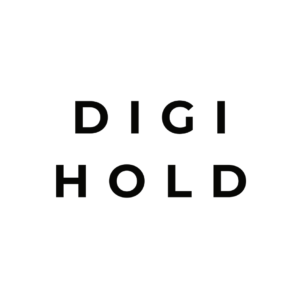Content Creation and Curation: A Comprehensive Guide for Digital Success
Introduction
Content is at the heart of digital marketing. Whether for businesses, influencers, or brands, content creation and curation play a crucial role in engaging audiences and building credibility. As digital landscapes evolve, understanding the differences between creation and curation—and how to leverage both effectively—becomes essential.
Understanding Content Creation and Curation
What is Content Creation?
Content creation is the process of developing original material for various digital platforms. This includes:
- Blog posts
- Social media updates
- Videos and podcasts
- Infographics
- E-books and whitepapers
Creating content requires creativity, industry knowledge, and an understanding of the target audience. High-quality content engages, informs, and converts potential customers into loyal followers.
What is Content Curation?
Content curation involves gathering, organizing, and sharing relevant third-party content with an audience. Unlike content creation, which focuses on originality, curation finds valuable existing content and presents it in a meaningful way.
Examples of curated content include:
- Sharing industry news on social media
- Creating lists of useful articles
- Reposting user-generated content (UGC)
- Compiling insights from experts
Curated content adds credibility to a brand by positioning it as a thought leader that stays updated on industry trends.
Benefits of Content Creation and Curation
Advantages of Content Creation
- Establishes Authority – Original content showcases expertise and builds trust with the audience.
- Boosts SEO – Well-optimized content improves search engine rankings and drives organic traffic.
- Encourages Engagement – Unique content sparks discussions, comments, and shares.
- Supports Branding – A consistent voice and message help strengthen a brand’s identity.
- Leads to Monetization – Blogs, YouTube channels, and other content-driven platforms can generate revenue.
Advantages of Content Curation
- Saves Time and Resources – Instead of producing content from scratch, curation involves repurposing existing valuable information.
- Enhances Thought Leadership – By sharing insightful industry content, brands build credibility.
- Encourages Networking – Engaging with other creators’ content fosters relationships and collaborations.
- Diversifies Content Strategy – Curation complements original content, offering a well-rounded approach.
- Drives Traffic – Curating high-quality articles and linking back to sources can increase visibility.
Content Creation Best Practices
- Understand the Audience – Research demographics, interests, and pain points.
- Use SEO Techniques – Optimize headlines, keywords, and meta descriptions for search engines.
- Maintain Quality Over Quantity – Focus on valuable, informative, and engaging content.
- Incorporate Multimedia – Videos, infographics, and images enhance user experience.
- Be Consistent – Post regularly to maintain audience engagement.
- Encourage Interaction – Use call-to-action (CTA) phrases to prompt comments, shares, and likes.
Content Curation Best Practices
- Choose Reliable Sources – Curate content from reputable industry leaders.
- Add Unique Insights – Provide context or commentary instead of merely sharing links.
- Give Credit to Original Creators – Always attribute curated content properly.
- Balance Curation with Creation – A strong content strategy includes a mix of both.
- Use Content Aggregation Tools – Platforms like Feedly, BuzzSumo, and Pocket help discover quality content.
- Engage With Curated Content – Tag authors and start conversations around shared content.
Tools for Content Creation and Curation
Content Creation Tools
- Canva – Graphic design and visual content creation.
- Grammarly – Grammar and writing enhancement.
- Lumen5 – AI-powered video creation.
- Anchor – Podcast creation and distribution.
- WordPress – Blogging and website content management.
Content Curation Tools
- Feedly – RSS feed reader for tracking industry news.
- Pocket – Saves articles for later reading and sharing.
- BuzzSumo – Finds trending topics and high-performing content.
- Curata – AI-powered content curation for businesses.
- Flipboard – Personal news aggregator for sharing curated content.
Content Strategy: Combining Creation and Curation
A successful digital marketing strategy blends both creation and curation. Here’s how:
- 80/20 Rule: Many marketers follow the 80% curated content, 20% original content model.
- Content Calendar: Plan when and where to post created and curated content.
- Repurpose Content: Turn blog posts into infographics, videos, or social media snippets.
- Engage With Audience: Respond to comments and messages to build a community.
- Monitor Performance: Use analytics tools to track content effectiveness.
